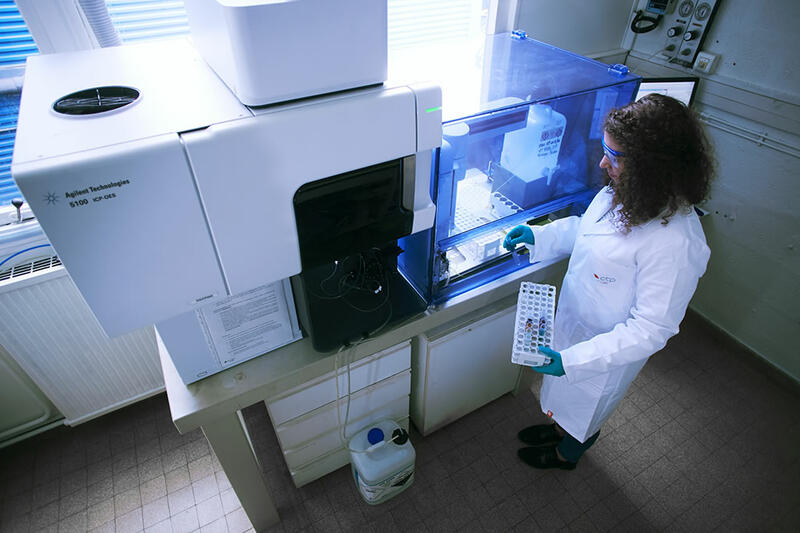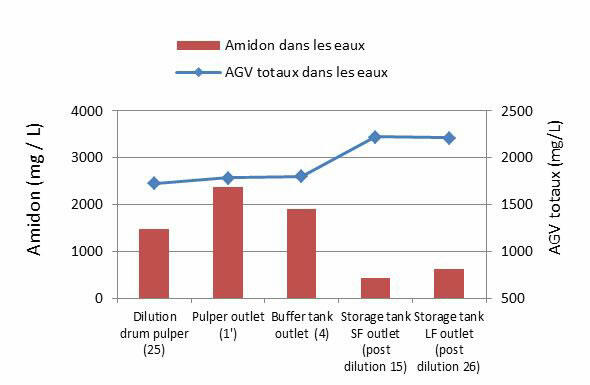
Services
Testing Laboratory
Chemical characterisation of effluents
Environment, control of effluent releases, circuit balances
- Analyse the chemical quality of process water and effluent releases
- Identify and quantify the dissolved organic and inorganic compounds in your process water in order to draw up a chemical balance
- Check the quality of your effluent releases in compliance with current regulations
General informations
The Chemical Analysis Laboratory performs quality analyses and controls tailored to the needs of companies, on various types of matrix such as process water and effluents.We have the multi-disciplinary skills and wide range of facilities (including GC-FID, GC-MS, ionic chromatography and ICP spectrometry) required to draw up complete characterisations of effluents, from both the mineral and the organic standpoints.
We perform our tests in compliance with the requirements of applicable regulations and standards (AFNOR, ISO, CEN, etc.).
Technical Data and Achievements
Our wide range of facilities and multi-disciplinary teams enable us to propose a broad array of chemical analyses on your effluents.
Below is a list of just some of the tests available:
General parameters
- Total carbon (TC), total organic carbon (COT) and inorganic carbon (IC) according to NF EN 1484.
- Biochemical oxygen demand (BOD5) according to NF EN 1899-1 and -2.
- Chemical oxygen demand (COD) according to NF T 90-101.
- Measurement of pH according to NF EN ISO 10523.
- Measurement of conductivity according to NF EN 27888.
- Adsorbable organic halogen (AOX) compounds according to ISO 9562
Mineral compounds
- Measurement of major minerals and metals (Ca, Na, K, etc.) and trace substances (Fe, Al, Cd, Cr, Pb, Hg, etc.) using ICP spectrometry according to ISO 11885.
- Measurement of chlorides and sulphates using ionic chromatography according to NF EN 10304.
Organic compounds
- Measurement of Volatile Fatty Acids (VFA) - e.g. formic, acetic and propionic acid) using ionic chromatography
- Measurement of succinic acid using ionic chromatography
- Measurement of polysaccharides using ionic chromatography following hydrolysis.
- Measurement of starch
- Measurement of chemical contaminants and compounds that can be extracted from wood (lignin, terpenic and phenolic compounds, etc.).
Expertise
These analyses are performed in the context of the CTP’s research, consultancy and expert appraisal work, especially in the fields of:
- Using simulation tools to optimise water circuit management
- Reviewing the operation of effluent treatment plants
- Assessing effluent treatability
- Preventing scale formation
- Drawing up a profile of starch in circuits in order to identify areas of bacterial degradation (acidogenesis, risk of hydrogen production)
- Testing acidogenesis prevention and starch recovery techniques (see Test Sheet “Measuring starch in papermaking circuits”).
 |
 |
|
| Mineral analysis using ICP spectrometry | Profile of starch and VFA in circuits |
Also to be seen
Consultancy Diagnosis
Centre of Excellence
Testing Laboratory
Collaborative projects